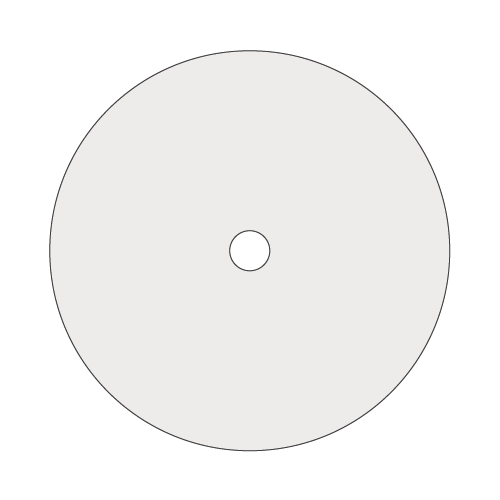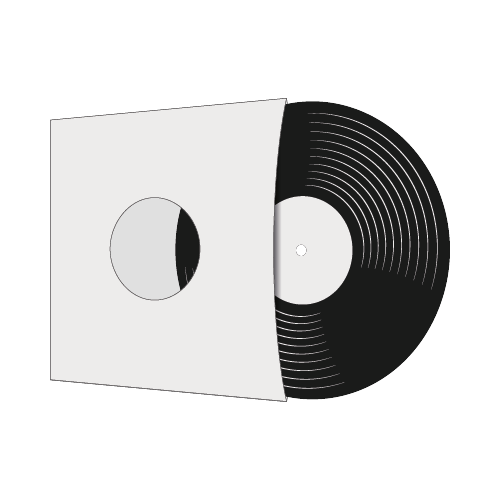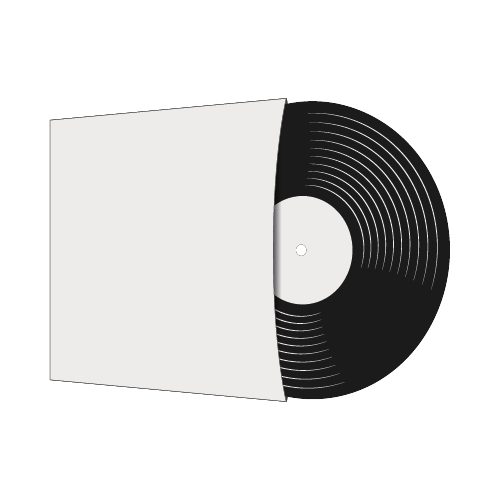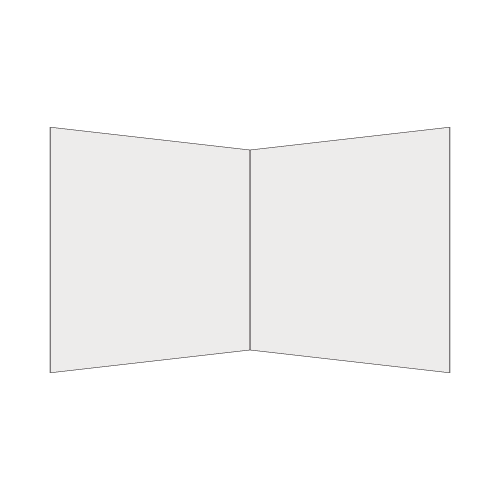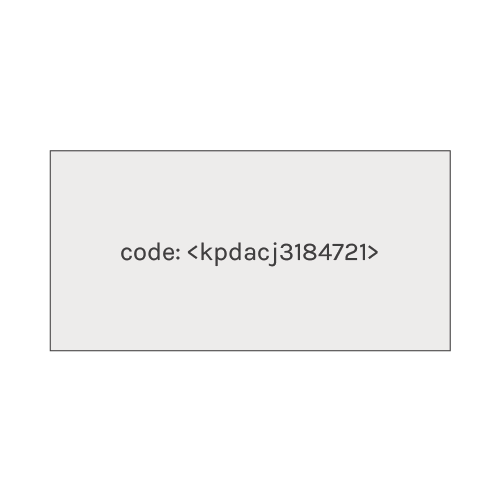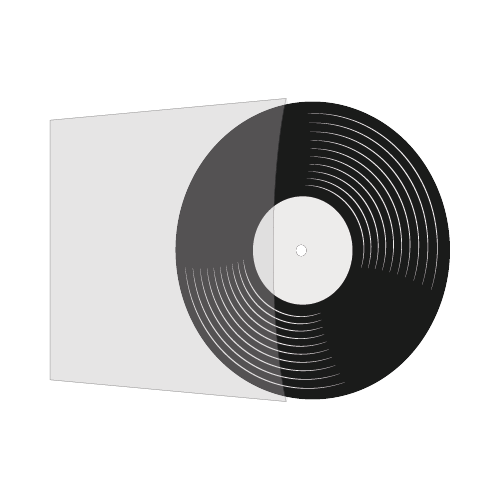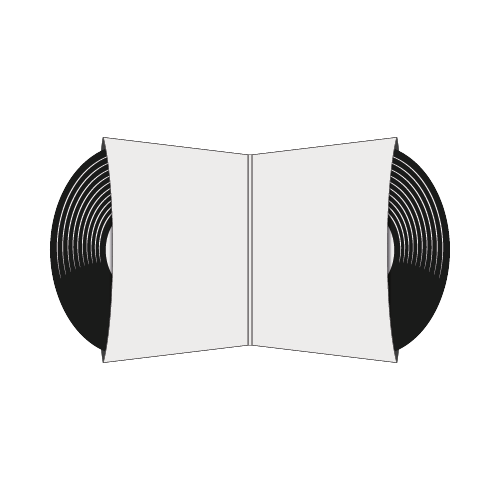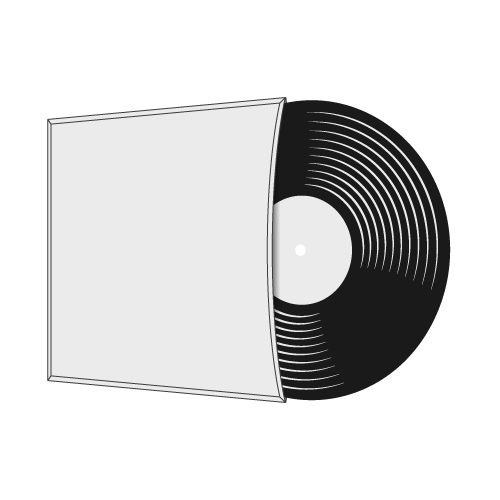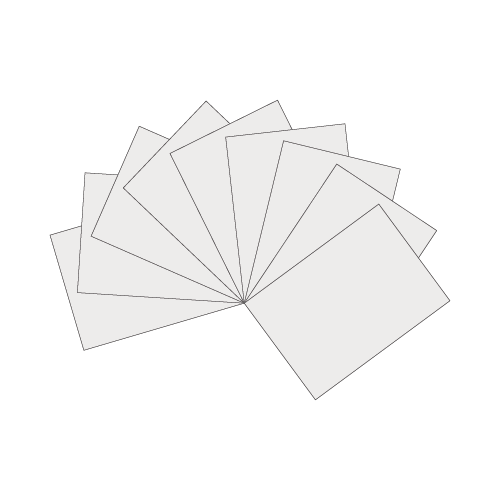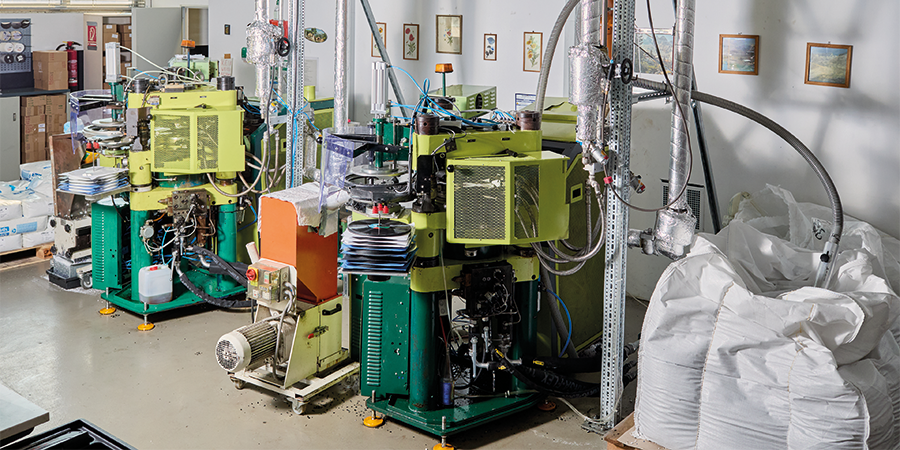
Record pressing from 100 pieces
In our small pressing plant in Augsburg we produce 12inch vinyl records for a variety of national and international customers.
The lacquer cut is done in our studio. We guarantee the highest quality, sustainability and good customer service.
Through our extensive supplier contacts we are able to fulfill many special requests. We offer coloured vinyl with a wide range of colours. Also unusual packaging such as Tip-On-Covers, LP-Books and printed lined inner sleeves are also possible.
There are no limits to your imagination here. We will also be happy to help you with an individual design for your record.
Possible colors for a vinyl production

Recycling Vinyl
Optionally, we also offer Recycling Vinyl. Your records are pressed from 100% recycled PVC, carefully obtained from production off-cuts. This enables us to reduce costs and emissions while contributing to the conservation of our environment. The quality of our Recycling Vinyl records is on par with the conventional version. You can choose between classic black and a random array of colours. Find sample photos here.
Packaging & Print Specifications
Please adhere to:
– Resolution: Min. 300 dpi
– Colour Space: CMYK (no RGB elements!)
– Colour Application: Max. 300%
– Output Profile: ISO Coated v2 300%
– File Format: PDF/X-3
Here you will find an overview of some of the possible printed materials and the corresponding specifications:
How does a production run?
Offers Production ProcedureGEMA Licence Application Online
If you would like to order a pressing after you have obtained a quotation from us, please send us your production data (audio, graphics, information) according to our specifications. Concurrently you should also apply for a production permit from the responsible collecting society (e.g. GEMA).
How much fits on what?
Simply put: The longer the playing time and the more bass in the sound, the quieter the record becomes. The left values refer to a loud cut record (+2dB – +6 dB), the maximum limit on the right is cut with a level of 0dB – +1dB. With longer playing times the record becomes quieter and the background noise increases.
45 rpm | 33 rpm | |
12″ | 6 – 11 minutes | 17 – 22 minutes |
10″ | 5 – 7 minutes | 12 – 14 minutes |
7″ | 3 – 5 minutes | 5 – 6 minutes |
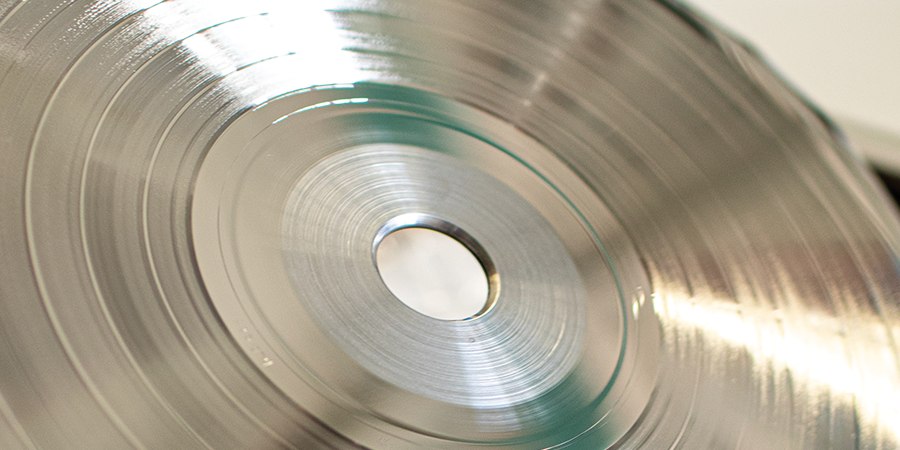
Mastering for Vinyl
The vinyl record is an analog sound carrier. The sound recording is subject to physical conditions. Each master cut is associated with a change in sound compared to the original master.
Our goal is the faithful transmission of the production. To get as close as possible to this goal, it is helpful to follow some rules:
Stick to the recommended playing times
Towards the center of the record, distortion and treble loss increase.Quieter songs with little treble at the end of each side
No phase shifts in the bass range
It is best to avoid the use of stereobass widening effects.Make sure that no digital distortion occurs
(allow for a small safety margin)For very “hissy” vocals, the discreet use of a de-esser is recommended.
Avoid too much compression/limiting of the audio,
as this often does not contribute to an increase in loudness when cutting vinyl and can lead to distortion, especially towards the end of a side.
A guide value is an average RMS value of -12 dB.
If you do not have professional equipment and the necessary experience, it is advisable to put the mastering in professional hands, because once made, a mistake is often irreversible.
We will gladly take over the vinyl-compatible preparation of the material for you.
The complete mastering of a production can be realized in our mastering studio with the finest plugins and analog equipment.
Data delivery for a record pressing
After the order has been placed, we will provide you with an access via the data protection-compliant, secure cloud service from mailbox.org to upload your production data.
We also accept all other common file hosting platforms.
All common audio formats are accepted. But ideally WAV or AIFF files in 16 bit or 24 bit with sampling rates of up to 192 Khz.
Please include a tracklist with A/B sides, which also shows if the pauses in the audio material have already been created as silence or how they should otherwise prepared.
Further digital possibilities: DDP, DAT, CDR
Our studio also has a perfectly calibrated OTARI tape machine to transfer your analog 1/4″ tapes.
What do I have to consider when delivering the graphic data?
The files should have a minimum resolution of 300 dpi. The colour application/saturation must not exceed 300%! Otherwise the font may run out. This is especially the case when printing the labels, there is a risk that they will not dry properly and thus not adhere perfectly to the record.
Please make sure that all fonts are embedded. When printing the covers, many surfaces and finishes are available, such as Inside Out, matt cellophaning, gloss varnish, spot varnish, etc.
You will find some examples in our credentials.
1-Colour:
Either a Grayscale document is to be delivered (only the black channel is occupied) or another channel from the CMYK spectrum, e.g. Yellow.
2-Colour:
The prices for 2-colour printed materials refer to 2 channels from the CMYK mode. But we can also print with Pantone colours, the data must contain the Pantone colour. For spot colours only the Pantone Solid Coated fan is accepted.
4-Colour:
For all packages that are to be printed in 4 colours, the files must be created in CMYK mode.
Also single elements in RGB mode in a CMYK document cannot be printed.
Please provide us with print-ready PDF files. Otherwise a flat rate of 10€ (net) will be charged for the creation of a printable file.

